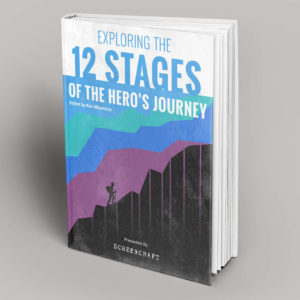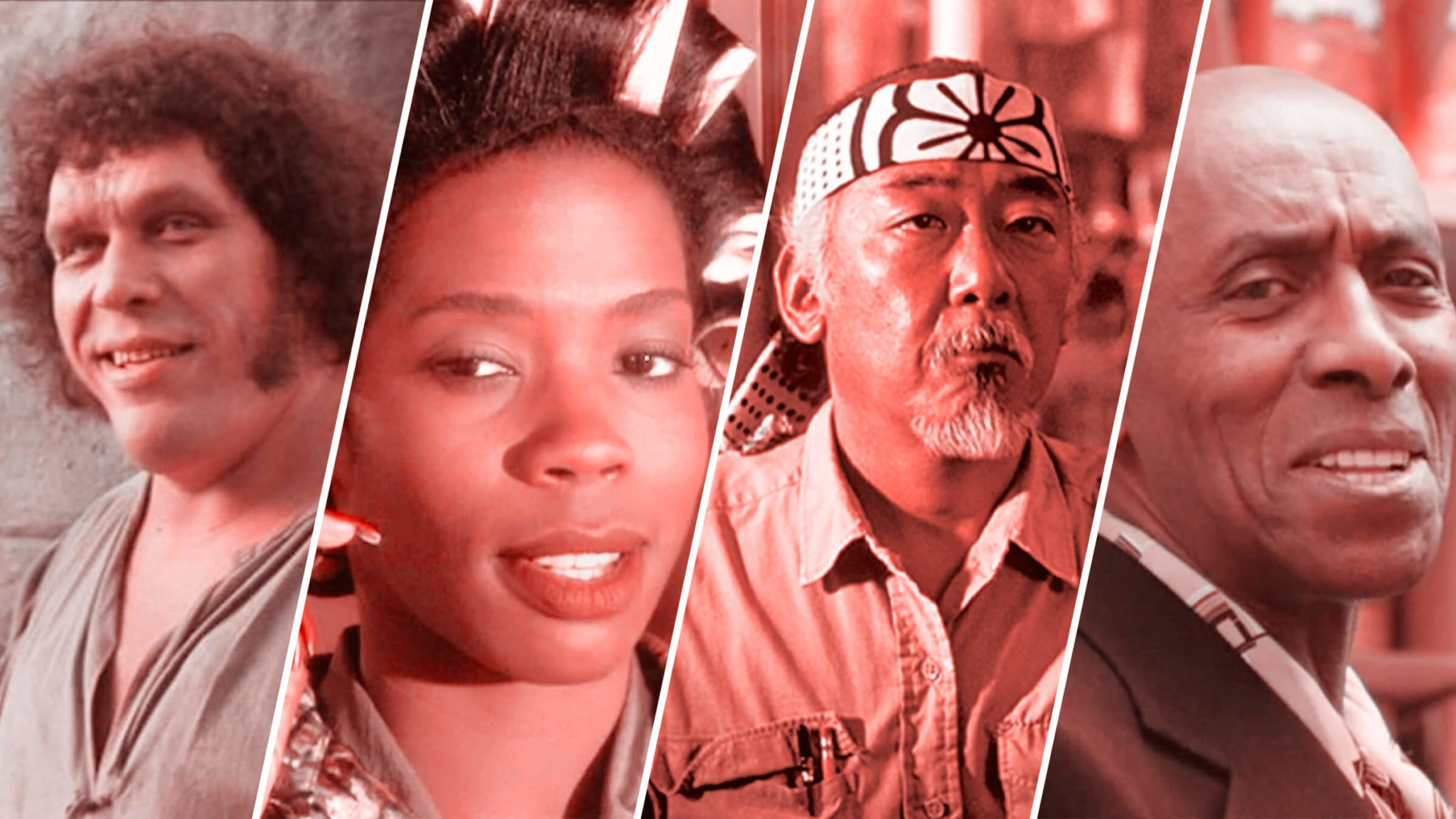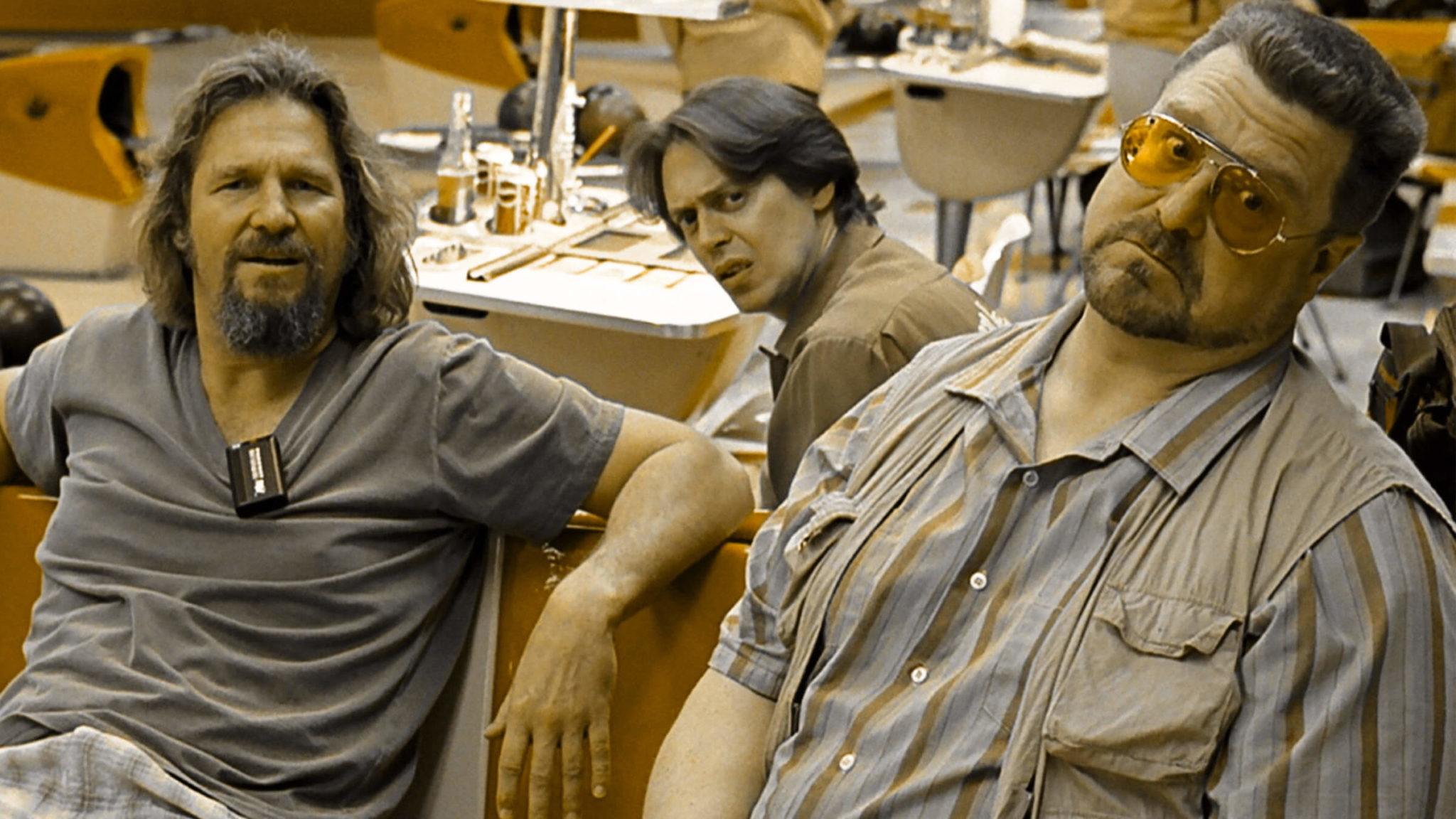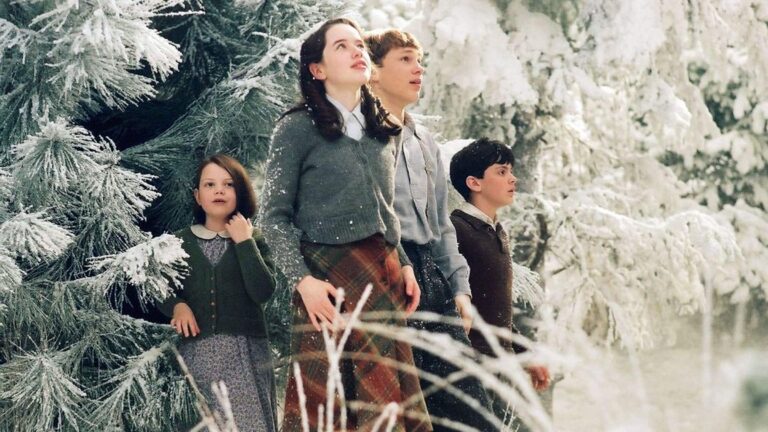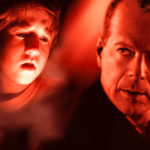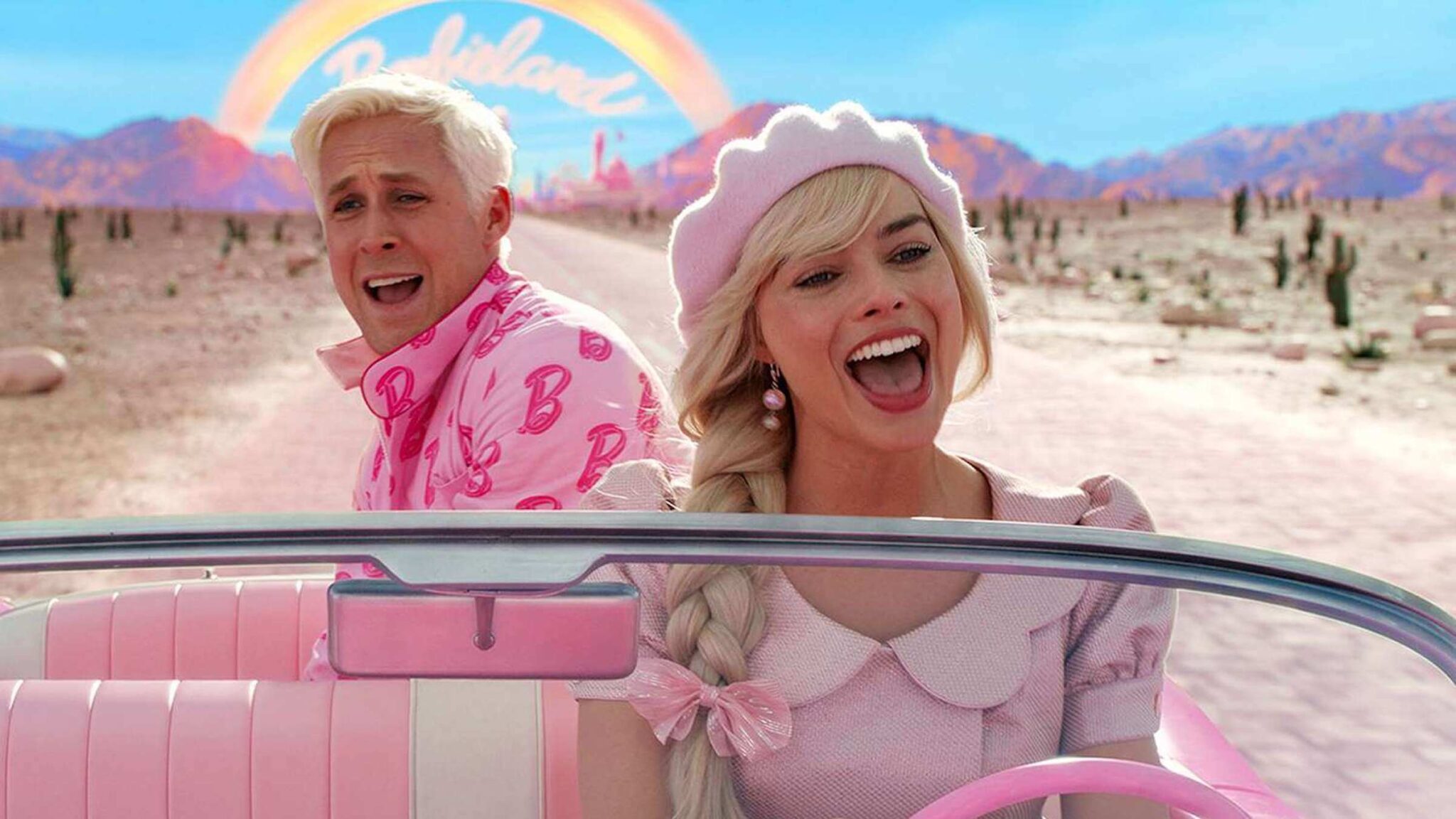Exploring the 12 Stages of the Hero’s Journey Part 5: Crossing the Threshold

Welcome to Part 5 of our 12-part series ScreenCraft’s Exploring the 12 Stages of the Hero’s Journey, where we go into depth about each of the twelve stages and how your screenplays could benefit from them. Please see the bottom of this post for a refresher on the stages of The Hero's Journey.
The first stage — The Ordinary World — is one of the most essential elements of any story, even ones that don't follow the twelve-stage structure to a T. Showing your protagonist within their Ordinary World at the beginning of your story offers you the ability to showcase how much the core conflict they face rocks their world. And it allows you to foreshadow and create the necessary elements of empathy and catharsis that your story needs.
The next stage is the Call to Adventure. Giving your story's protagonist a Call to Adventure introduces the core concept of your story, dictates the genre your story is being told in and helps to begin the process of character development that every great story needs.
When your character Refuses the Call to Adventure, it allows you to create instant tension and conflict within the opening pages and first act of your story. It also gives you the chance to amp-up the risks and stakes involved, which engages the reader or audience even more. Additionally, it adds depth to your protagonist, which in turn creates more empathy towards them.
Along the way, your protagonist — and screenplay — may need a mentor. Meeting the Mentor offers the protagonist someone that can guide them through their journey with wisdom, support, and even physical items. Beyond that, they help you to offer empathetic relationships within your story, as well as ways to introduce themes, story elements, and exposition to the reader and audience.
At some point at the end of the first act, your story may showcase a moment where your protagonist needs to Cross the Threshold between their Ordinary World and the Special World they will be experiencing as their inner or outer journey begins.
Here we offer three ways Crossing the Threshold affects your story.
Find your next story in the Public Domain when you download this free eBook!
1. It Shifts Your Story Into Gear
If we've been introduced to your protagonist through their Ordinary World, and have watched them finally accept the call to adventure — whether it be an inner or outer emotional or physical journey — it's always nice to offer a moment within the story that shifts everything to the next gear.
We've gotten to know the protagonist and their world. We've maybe seen their insecurities, struggles, and fears when they initially refused the Call to Adventure. Once they've decided that they're going to take the conflict on, we're at the turning point of the story, shifting gears from the first act and into the second.
In Cast Away, when Chuck goes into the cockpit of the FedEx jet, he sees the danger at hand. We've shifted gears from his regular FedEx routine to something dire. He doesn't cross the threshold when he says goodbye to Kelly or gets on the jet. Everything is still within his comfort zone. He's still in his Ordinary World.
It's when things go wrong that he steps out of his normal work routine and into the Special World he's about to experience — and it is vastly different from what he is used to.
In The Lord of the Rings, Frodo and Sam literally cross the threshold between the world they've known, The Shire, to a world they are unfamiliar with — beyond The Shire.
In Stand By Me, the boys walk onto the train tracks leading away from their hometown of Castle Rock — and it's both a literal and metaphorical threshold they are crossing. The tracks represent a physical path away from their home. And once they embark on their adventure, the boys are crossing the threshold from boyhood towards adulthood.
These moments within stories allow the reader or audience to switch their own mindsets, knowing that the characters are going to be facing the central conflict, as well as many trials and tribulations throughout. It is the moment that truly captures our attention going into the second act.
2. Introduces the Differences Between the Ordinary World and the Special World to Come
The Special World is the world that the protagonist is about to come across as they deal with the conflict they've been forced to — or have chosen to — take on. And it's vital to the story to present a world that is very different from what the protagonist is used to. Yes, some great stories simply showcase a window of time within a character's world. But if you want to truly engage a reader and audience, you need to inject as much tension and conflict as you can. And you do that by taking them out of their element.
In Cast Away, Chuck is a character that is used to a routine, a schedule, and the technology that can help him maintain all of that. When he's stranded on an island, he's out of his comfort zone.
In Stand By Me, when the boys embark on their adventure, there are no parents to guide them, and they've escaped the constraints of their life in Castle Rock. It's just them, the tracks, a long and intimidating bridge, a murky swamp, and the coming-of-age conflicts and realizations that comprise the new world they've entered.
In The Lord of the Rings, the Hobbits are in a dark, strange, and dangerous world. Everyone is bigger than they are. They don't know who to trust. And they certainly don't have enough food. They're out of their element.
The threshold represents the difference between the known and the unknown. And there's a thrill — not just for the protagonist, but for the reader and audience as well — to the unknown. So presenting a moment or scene where we see the protagonist crossing that threshold is impactful. It's subtle but powerful.
3. Begins Your Protagonist's Character Arc
Character arcs are a must. Most people want to see a character change throughout a story — a transformation that they undergo as they take on the conflict at hand. When your protagonist physically or emotionally crosses a threshold, you're letting the reader or audience know that their character arc has begun.
We've hopefully learned a little bit about them within their Ordinary World. We've maybe learned a little more as they refused the Call to Adventure, divulging their fears, insecurities, and reservations. Now we know that despite all of that, they're willing to take on whatever challenge they have been presented with — their arc has begun.
This shift allows the reader and audience a brief moment to feel the empathetic impact of the protagonist crossing the threshold. And the power of that moment pulls them into the story. They're invested. They're curious and want to know how this character is going to survive the conflict. They know the baggage that the protagonist is carrying. They empathize with them. And they are ready to go on this character's journey.
Crossing the Threshold is about shifting from the first act to the second, and allowing the reader and audience to feel that shift so they can prepare for the journey to come. It showcases the difference between the protagonist's Ordinary World and the Special World to come. And, even more important, we're introduced to the first shift in the character arc of the protagonist as they decide to venture out into the unknown.
And remember...
"The Hero's Journey is a skeleton framework that should be fleshed out with the details of and surprises of the individual story. The structure should not call attention to itself, nor should it be followed too precisely. The order of the stages is only one of many possible variations. The stages can be deleted, added to, and drastically shuffled without losing any of their power." — Christopher Vogler, The Writer's Journey: Mythic Structure for Writers
_________________________________________________________________________
Joseph Campbell's 17-stage Monomyth was conceptualized over the course of Campbell's own text, The Hero with a Thousand Faces, and then later in the 1980s through two documentaries, one of which introduced the term The Hero's Journey.
The first documentary, 1987's The Hero's Journey: The World of Joseph Campbell, was released with an accompanying book entitled The Hero's Journey: Joseph Campbell on His Life and Work.
The second documentary was released in 1988 and consisted of Bill Moyers' series of interviews with Campbell, accompanied by the companion book The Power of Myth.

Christopher Vogler was a Hollywood development executive and screenwriter working for Disney when he took his passion for Joseph Campbell's story monolith and developed it into a seven-page company memo for the company's development department and incoming screenwriters. The memo, entitled A Practical Guide to The Hero with a Thousand Faces, was later developed by Vogler into The Writer's Journey: Mythic Structure for Storytellers and Screenwriters in 1992. He then elaborated on those concepts for the book The Writer's Journey: Mythic Structure For Writers.
This work established him as the film industry's go-to story analyst, leading to a rich career at Disney, Fox and more where he influenced the screenplays of movies from THE LION KING to FIGHT CLUB to THE THIN RED LINE.
Vogler's approach to Campbell's structure broke the mythical story structure into twelve stages. We define the stages in our own simplified interpretations:
- The Ordinary World: We see the hero's normal life at the start of the story before the adventure begins.
- Call to Adventure: The hero is faced with an event, conflict, problem, or challenge that makes them begin their adventure.
- Refusal of the Call: The hero initially refuses the adventure because of hesitation, fears, insecurity, or any other number of issues.
- Meeting the Mentor: The hero encounters a mentor that can give them advice, wisdom, information, or items that ready them for the journey ahead.
- Crossing the Threshold: The hero leaves their ordinary world for the first time and crosses the threshold into adventure.
- Tests, Allies, and Enemies: The hero learns the rules of the new world and endures tests, meets friends, and comes face-to-face with enemies.
- The Approach: The initial plan to take on the central conflict begins, but setbacks occur that cause the hero to try a new approach or adopt new ideas.
- The Ordeal: Things go wrong and added conflict is introduced. The hero experiences more difficult hurdles and obstacles, some of which may lead to a life crisis.
- The Reward: After surviving The Ordeal, the hero seizes the sword — a reward that they've earned that allows them to take on the biggest conflict. It may be a physical item or piece of knowledge or wisdom that will help them persevere.
- The Road Back: The hero sees the light at the end of the tunnel, but they are about to face even more tests and challenges.
- The Resurrection: The climax. The hero faces a final test, using everything they have learned to take on the conflict once and for all.
- The Return: The hero brings their knowledge or the "elixir" back to the ordinary world.
Ken Miyamoto has worked in the film industry for nearly two decades, most notably as a studio liaison for Sony Studios and then as a script reader and story analyst for Sony Pictures. He has many studio meetings under his belt as a produced screenwriter, meeting with the likes of Sony, Dreamworks, Universal, Disney, Warner Brothers, as well as many production and management companies. He has had a previous development deal with Lionsgate, as well as multiple writing assignments, including the produced miniseries Blackout, starring Anne Heche, Sean Patrick Flanery, Billy Zane, James Brolin, Haylie Duff, Brian Bloom, Eric La Salle, and Bruce Boxleitner. Follow Ken on Twitter @KenMovies
For all the latest ScreenCraft news and updates, follow us on Twitter, Facebook, and Instagram.
Get Our Screenwriting Newsletter!
Get weekly writing inspiration delivered to your inbox - including industry news, popular articles, and more!

